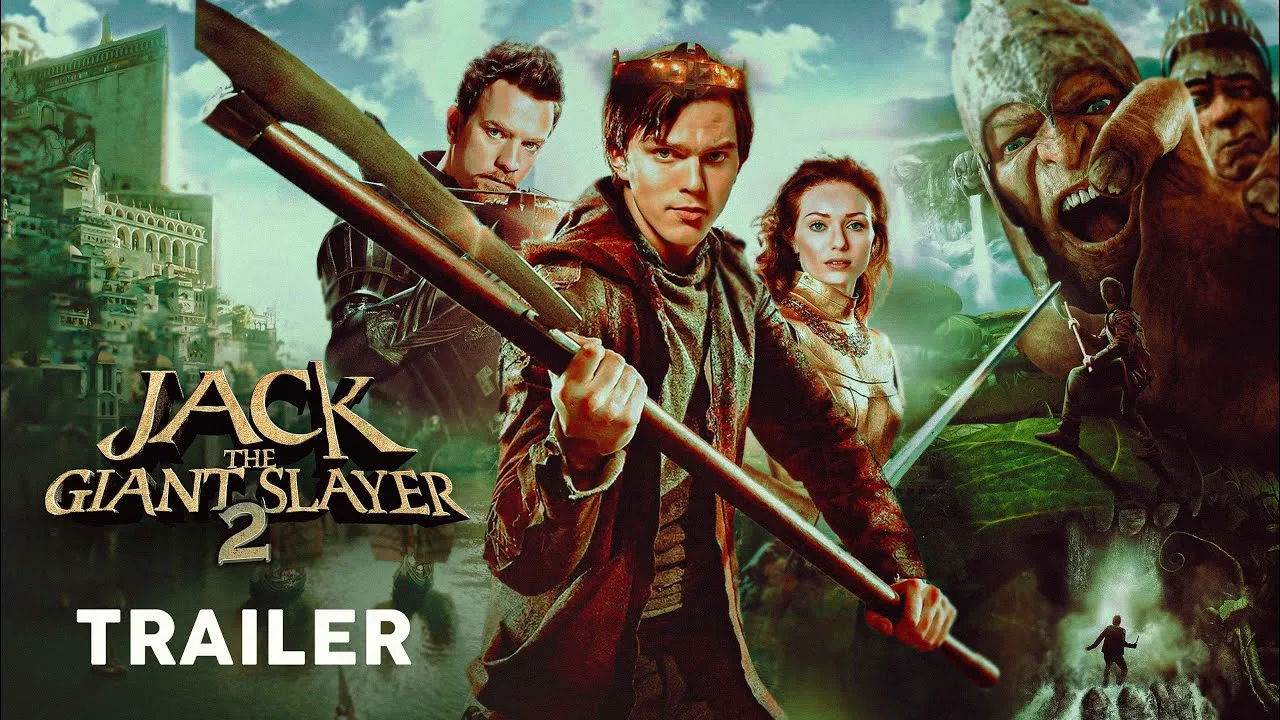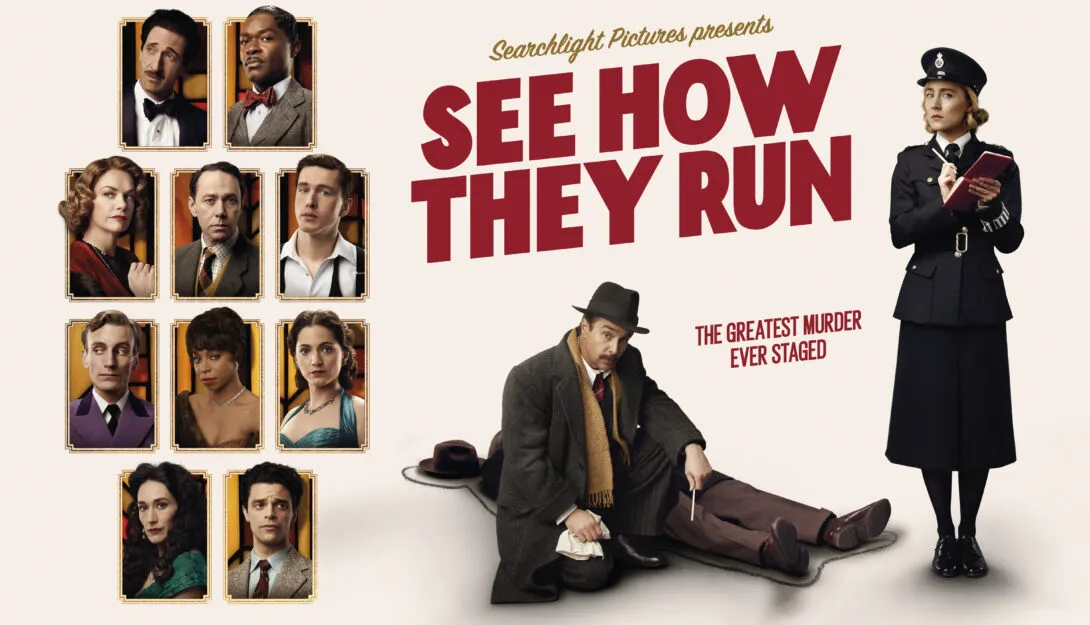A Brutal, Brilliant Masterpiece That Still Echoes Through the Streets
Few films have ever managed to capture chaos with such clarity, violence with such poetry, and despair with such cinematic brilliance as City of God (Cidade de Deus). Released in 2002 and directed by Fernando Meirelles and Kátia Lund, this Brazilian crime epic is more than just a film — it’s a pulse, a memory, and a mirror held up to the face of forgotten youth.
Adapted from Paulo Lins’ semi-autobiographical novel, City of God is an unflinching portrayal of life in the favelas of Rio de Janeiro from the 1960s to the early 1980s. But it’s not just about crime — it’s about survival, identity, and the complex web of choices forced upon those born into poverty and violence.
Even after two decades, City of God remains as urgent, relevant, and emotionally gripping as ever.
The film follows the story of Rocket (Buscapé), a poor, shy kid who dreams of becoming a photographer. Rocket’s story is the audience’s lens into the City of God — a government housing project turned lawless slum. But unlike typical gangster films, the protagonist here doesn’t hold a gun. He holds a camera.
Rocket grows up surrounded by violence, witnessing childhood friends turn into gangsters, killers, and ghosts. Through his eyes, we meet Lil' Zé (Zé Pequeno) — a terrifying figure who rises from street thug to brutal drug lord. Lil' Zé’s sociopathic hunger for control is contrasted by Benny, his best friend, who wants out of the life and seeks peace — a rare dream in this world.
The narrative is fractured, non-linear, and yet perfectly coherent — bouncing between flashbacks, voiceover, and overlapping storylines. Each character’s life feels like a ticking clock. Each decision ripples through the community like a bullet.
At its core, City of God is not just a crime film — it’s a film about the inevitability of violence when opportunity is stripped away. The kids in the favela aren’t born criminals; they’re born with no choices. Guns arrive before jobs. Cocaine before books. Respect is earned by force, and life expectancy is dictated by gang wars.
But unlike glorified gangster films, City of God refuses to romanticize. There is no "cool" in this violence. It’s ugly, sad, and often disturbingly casual. A scene where a young boy is forced to choose which friend to shoot in the foot remains one of the most harrowing in cinema.
Rocket’s camera becomes a metaphor: to document is to survive, to see is to resist. His choice not to participate in violence, but to witness and tell the story, is its own quiet rebellion.
Fernando Meirelles and Kátia Lund create a kinetic, visceral world that feels alive — dangerous, unpredictable, and pulsing with energy. The use of handheld cameras, quick cuts, and dynamic editing give the film a documentary-like urgency.
Colors burst from every frame — vivid reds, deep blues, dirty golds. The city may be broken, but it’s never dull. The cinematography by César Charlone is both chaotic and intimate, capturing both the geography of the favela and the psychological turmoil of its inhabitants.
The storytelling structure — looping back, zooming in on characters, jumping between timelines — mirrors the fragmentation of the characters’ lives. Time, like safety, is unstable.
One of the most groundbreaking aspects of City of God was its casting of non-professional actors — many of them real favela residents. This decision results in performances that feel raw, unscripted, and heartbreakingly authentic.
-
Alexandre Rodrigues as Rocket is the calm eye in a hurricane. His quiet fear and longing give the film its emotional grounding.
-
Leandro Firmino as Lil' Zé is unforgettable. His portrayal of a cold-blooded child turned ruthless kingpin is one of the most chilling villains in film history — not because he’s loud, but because he’s real.
-
Phellipe Haagensen as Benny provides a rare softness and charisma, showing that even in the darkest corners, humanity can flicker — however briefly.
City of God received critical acclaim upon release but truly earned its legendary status over time. It was nominated for four Academy Awards (including Best Director and Best Cinematography), and today it’s considered one of the greatest films of the 21st century.
Beyond accolades, it sparked conversations around the world about inequality, police corruption, and the global parallels to Rio’s favelas. Its success also helped launch a new era of Brazilian cinema and opened doors for social-realist films from the Global South.
Many schools, universities, and even NGOs now use City of God as an educational tool — not just to talk about film, but about justice, trauma, and resilience.
Watching City of God is not easy — and it’s not meant to be. But it’s essential. It’s not just a movie about violence; it’s a movie about what causes it, what feeds it, and who gets left behind.
The film doesn’t offer clean answers. It doesn’t promise that Rocket’s photography will change the world. But it does suggest that telling the truth — seeing it, framing it, sharing it — is a kind of resistance.
And that might be enough to spark something.
Rating: 10/10
Verdict: Visceral, urgent, and unforgettable — City of God isn’t just a film. It’s a warning, a lament, and a masterpiece.







-1751533077-q80.webp)